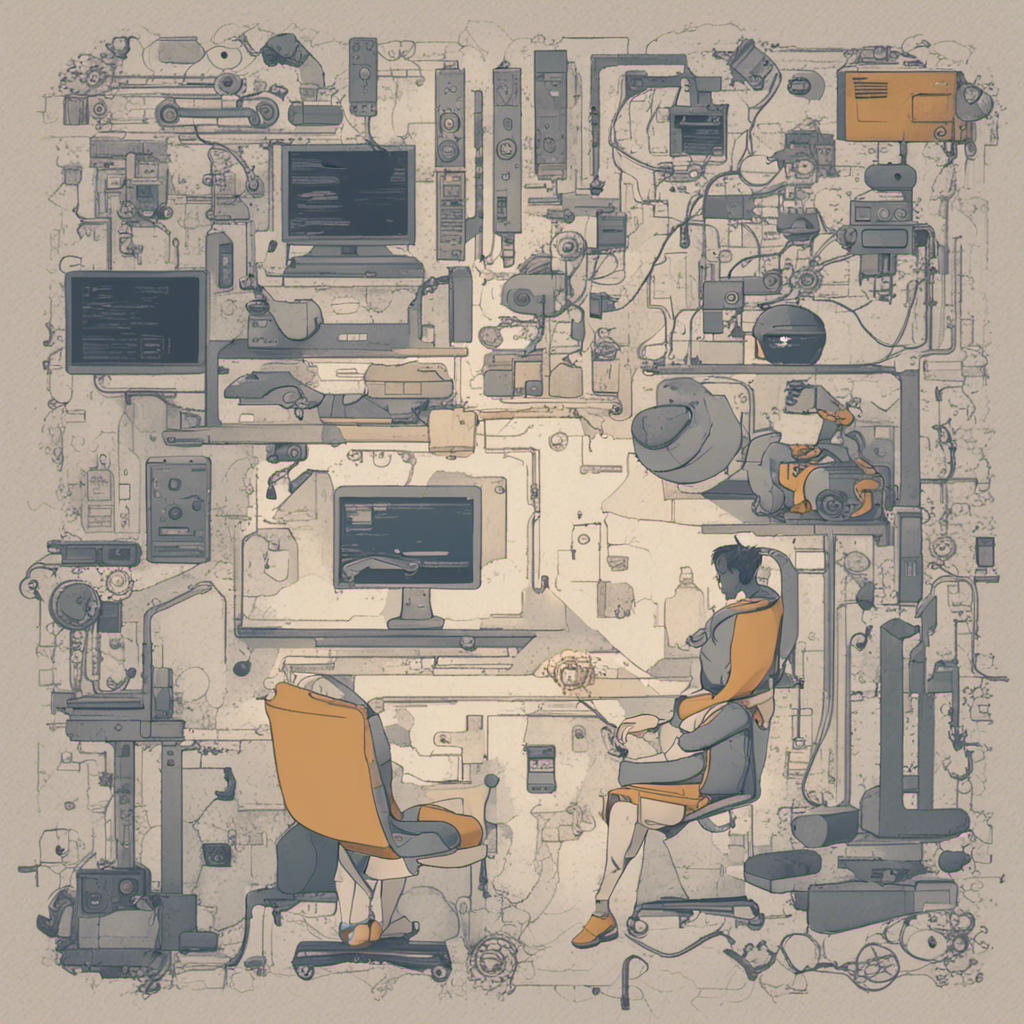
Building a successful product is a complex endeavor that requires the collaboration and expertise of individuals from various disciplines. In order to achieve optimal results, it is crucial to assemble cross-functional teams who can work together seamlessly towards a common goal. In this blog post, we will explore the importance of cross-functional teams and provide practical tips for building and managing them effectively.
Why Cross-functional Teams Matter
A cross-functional team is a group of individuals with diverse skills and backgrounds who come together to work on a specific project or task. Unlike traditional hierarchical structures, cross-functional teams break down departmental silos and encourage collaboration and knowledge sharing. Here are a few reasons why cross-functional teams are essential for product success:
1. Diverse Expertise
By bringing together professionals from different functional areas such as design, engineering, marketing, and customer support, cross-functional teams can leverage a wide range of skills and knowledge. This diverse expertise ensures a holistic approach to problem-solving and enhances the team’s ability to come up with innovative solutions.
2. Faster Time-to-Market
Cross-functional teams enable faster decision-making and execution by removing bottlenecks and reducing dependencies on external teams. With all necessary expertise within the team, there is no need to wait for approvals or handoffs, resulting in shorter development cycles and quicker time-to-market.
3. Improved Communication and Collaboration
Working in cross-functional teams enhances communication and collaboration among team members. Since everyone is aligned towards a common goal, information flows more freely, leading to better coordination and synergy. This reduces misunderstandings, rework, and delays, resulting in higher productivity and efficiency.
4. Increased Accountability
In cross-functional teams, every member has a clear understanding of their role and responsibilities. This fosters a sense of ownership, accountability, and motivation within the team. Members are more likely to take ownership of their tasks and deliver quality results, knowing their contributions directly influence the overall success of the product.
Building Cross-functional Teams
1. Identify Key Roles and Skills
To build a cross-functional team, start by identifying the key roles and skills required for the project or product. Ensure that each functional area is represented adequately to cover all necessary perspectives. For example, a product development team may include UI/UX designers, software engineers, data analysts, marketing specialists, and QA testers.
2. Foster a Collaborative Culture
Creating a collaborative culture is essential for cross-functional teams to thrive. Encourage open communication, active listening, and respect for diverse opinions. Foster an environment where team members feel safe to voice their ideas, ask questions, and challenge existing assumptions. Consider implementing agile methodologies like Scrum or Kanban to promote collaboration and iterative problem-solving.
3. Define Clear Goals and Responsibilities
Clearly define the goals, milestones, and deliverables for the cross-functional team. Set measurable objectives that align with the overall product strategy. Assign responsibilities to each team member, ensuring that everyone understands their role in achieving the team’s objectives. This clarity helps mitigate confusion and duplication of effort.
4. Foster Continuous Learning
Promote a culture of continuous learning within the cross-functional team. Encourage members to attend relevant conferences, workshops, or training sessions to enhance their skills and stay updated with industry trends. Organize regular knowledge-sharing sessions where team members can exchange insights and best practices. This commitment to learning ensures that the team remains adaptable, innovative, and capable of tackling new challenges.
5. Effective Leadership and Support
Strong leadership is critical for guiding and supporting cross-functional teams. Assign a product manager or project lead who can provide clear direction, resolve conflicts, and facilitate decision-making. The leader should prioritize team cohesion, actively address any conflicts or issues, and create an environment where every team member feels valued and supported.
Conclusion
Building cross-functional teams is vital for achieving product success in today’s fast-paced and collaborative work environments. By leveraging diverse expertise, improving communication, and fostering a collaborative culture, cross-functional teams can drive innovation, improve time-to-market, and deliver exceptional products. Remember to identify key roles, define clear goals, foster continuous learning, and provide effective leadership to ensure the smooth functioning and productivity of your cross-functional teams.
References:
- Why Cornerstone Skills Trump Headcount – Harvard Business Review
- The Power of Cross Functional Teams – Harvard Business Review
- Building High-Performance Teams: What Is a Cross-Functional Team? – Project Management Institute
- 10 Tips for Building Cross-Functional Teams – Trello
Note: We value your thoughts, but we kindly request you not to leave comments on this blog post. Should you have any questions or feedback, please feel free to reach out to our team through the provided contact information.






